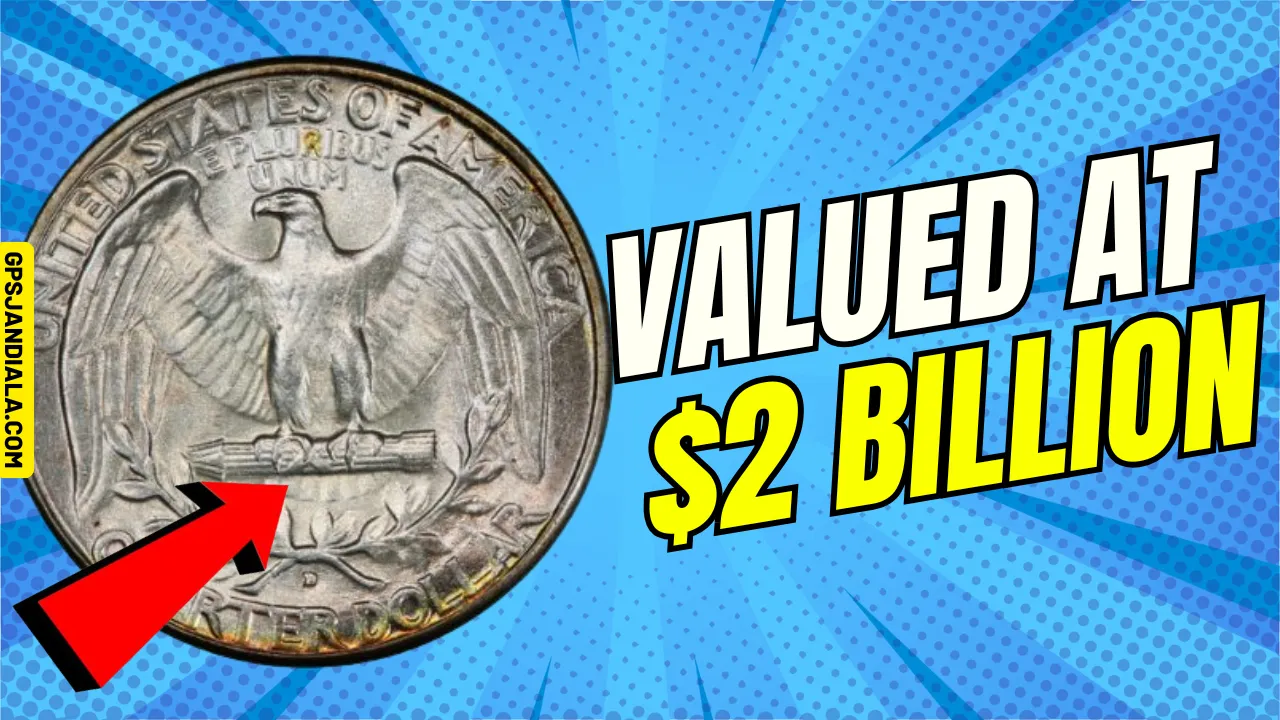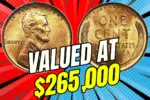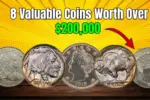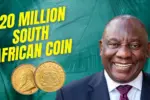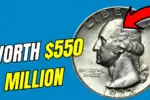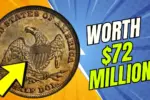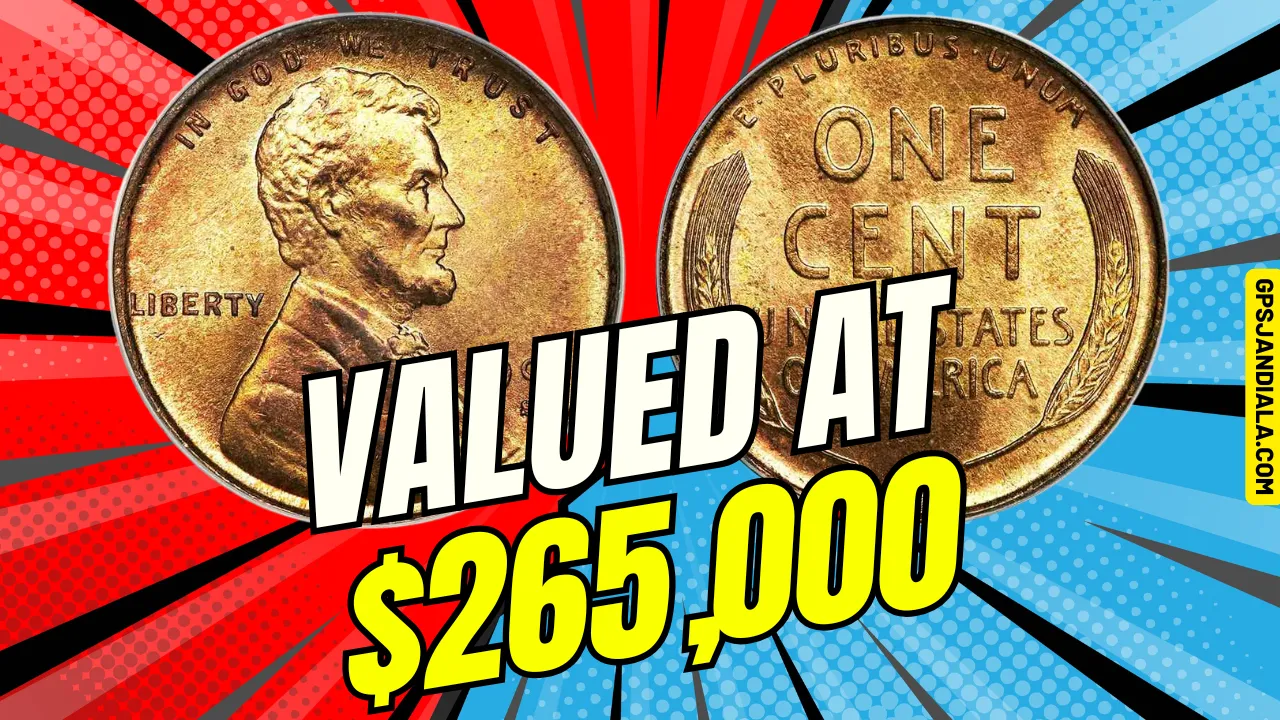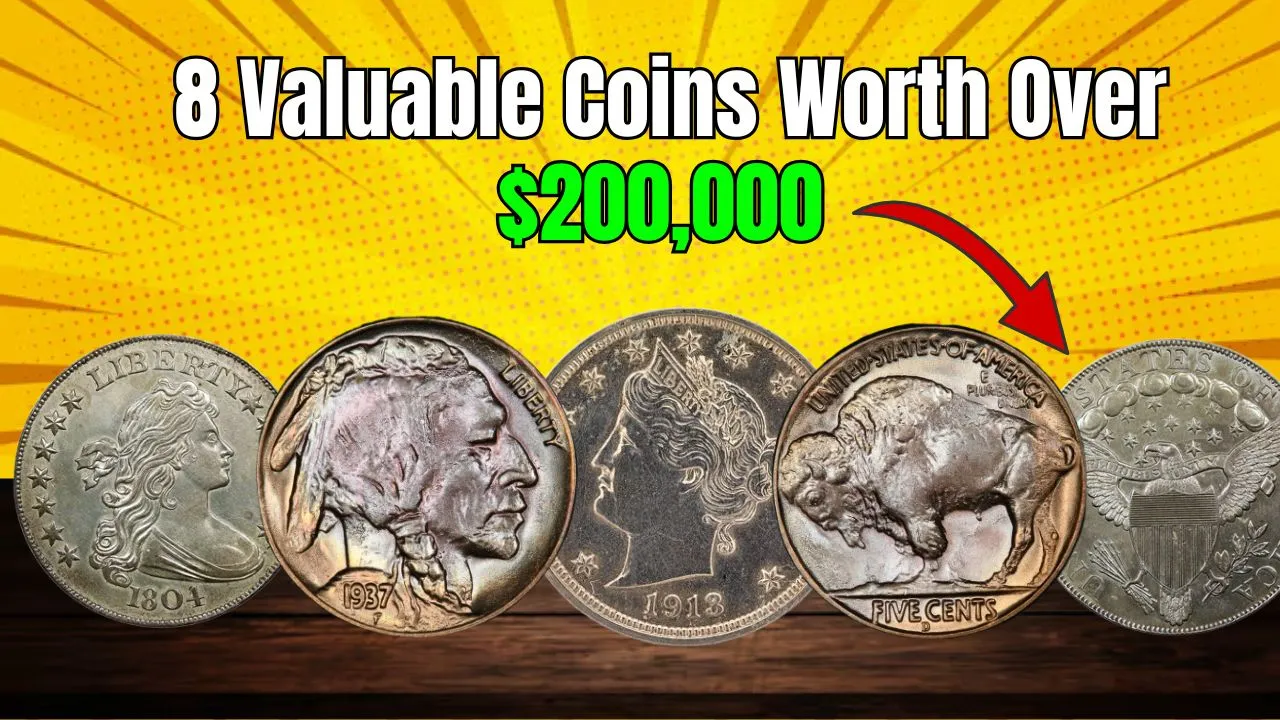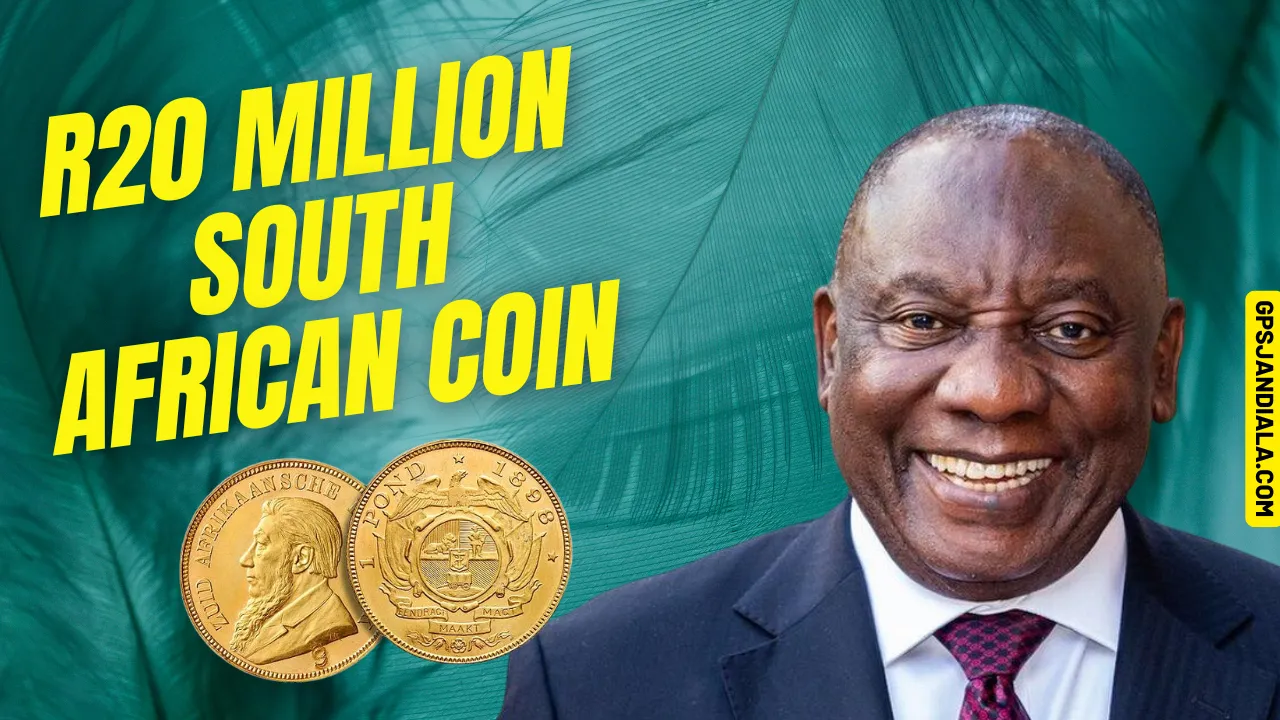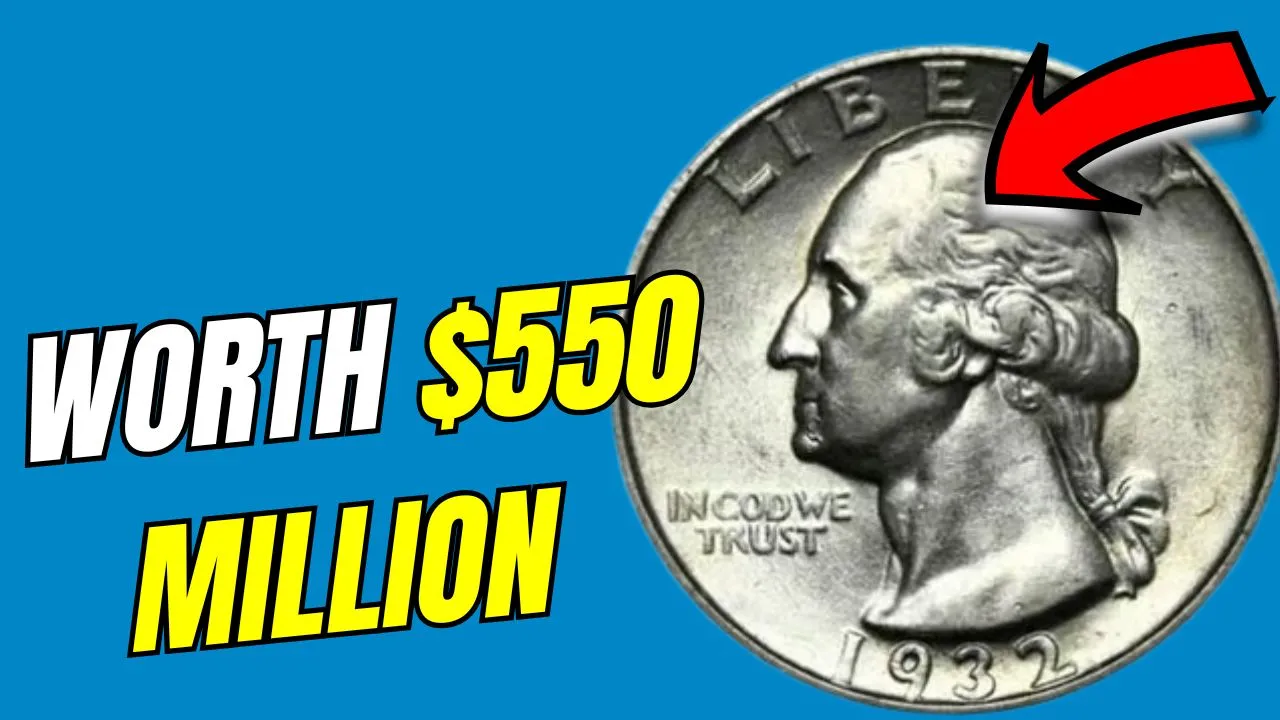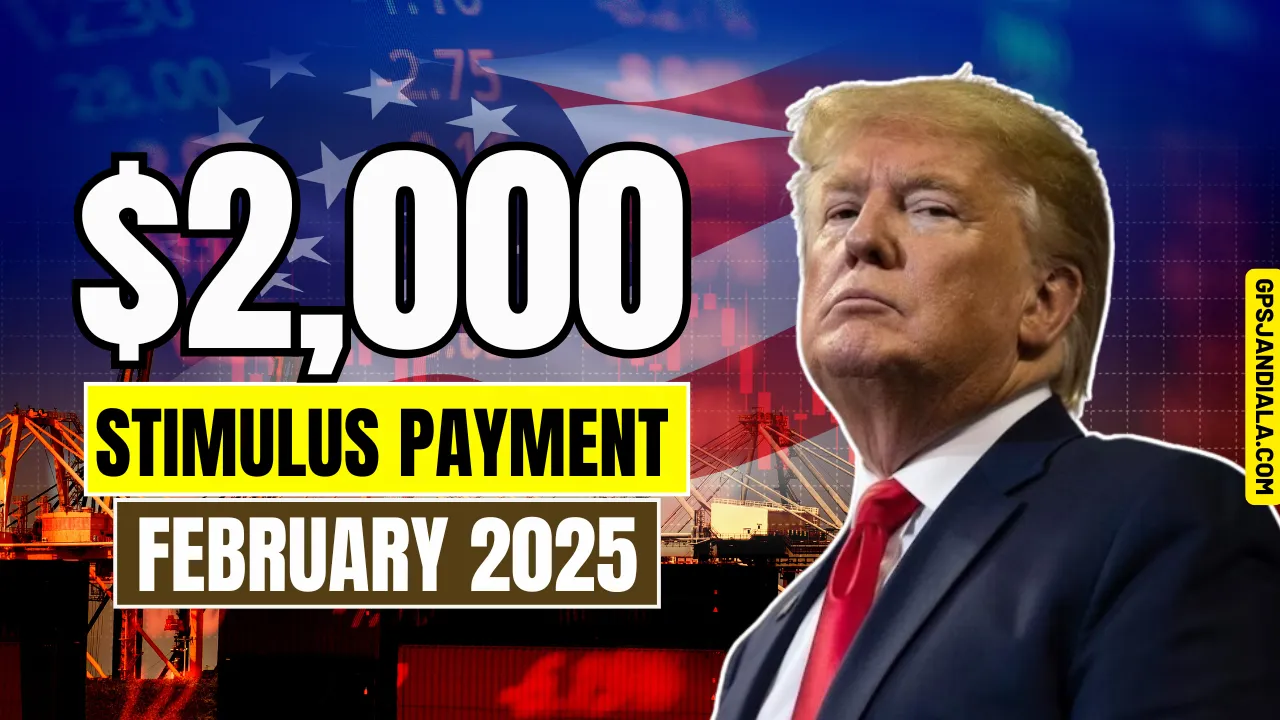Rare Bicentennial Quarter: Rare coins have always fascinated collectors and history enthusiasts, but few coins have gained as much attention as the Bicentennial Quarter. Originally minted in 1976 to celebrate 200 years of American independence, this special quarter has become a collector’s dream. While most are worth only 25 cents, a few rare variations have skyrocketed in value—some reportedly worth up to $2 billion.
What makes this even more thrilling is that some of these valuable coins are still in circulation today. This means you could unknowingly have a fortune hiding in your pocket change! But how do you identify a rare Bicentennial Quarter, and what makes it so valuable? Let’s break it all down.
Quick Overview of the Bicentennial Quarter
| Feature | Details |
| Minted Year | 1976 |
| Design | Features a colonial drummer on the reverse side |
| Unique Marking | “1776-1976” instead of a single mint year |
| Valuable Variants | Silver composition, double die errors, proof coins, off-center strikes |
| Potential Value | Up to $2 billion for the rarest versions |
| Still in Circulation? | Yes, a few rare ones may still be found! |
What Is the Bicentennial Quarter?
The Bicentennial Quarter was introduced in 1976 as part of a limited edition series to mark 200 years of American independence. Instead of the usual eagle design, the reverse side of this quarter features a colonial drummer with a torch and thirteen stars, representing the original colonies.
Unlike regular quarters, which have a single-year mint date, the Bicentennial Quarter displays “1776-1976”, signifying its commemorative status. While millions were minted, only a select few rare variations have become extremely valuable.
Why Is the Bicentennial Quarter Worth So Much?
While most Bicentennial Quarters are only worth face value, a handful of them are extraordinarily rare, making them highly desirable among collectors. Here’s what sets these valuable coins apart:
1. Silver Composition Errors
Most Bicentennial Quarters were made with a copper-nickel blend, but some were mistakenly struck with pure silver. These rare silver quarters are highly sought after and can fetch millions at auction.
2. Double Die Error
A small number of Bicentennial Quarters were minted with a double die error, meaning the design was imprinted twice, creating a shadowed or slightly misaligned effect. This rare mistake significantly boosts the coin’s value.
3. Special Proof Versions
Certain proof coins, especially those with the San Francisco (S) mint mark, were struck with extra detail and a highly reflective finish. These coins, when kept in pristine condition, can command huge prices.
4. Off-Center Strikes
Occasionally, a coin is minted off-center, meaning the design is slightly shifted. These printing errors make the coin unique and highly collectible.
5. Uncirculated Condition
The better the condition, the higher the value. A Bicentennial Quarter that has remained uncirculated and in mint condition can fetch a premium price compared to worn-out versions.
How to Identify a Rare Bicentennial Quarter
If you suspect you have a valuable Bicentennial Quarter, here’s what to look for:
🔍 Check the Date – It should have “1776-1976” instead of a single year.
🔍 Examine the Material – A shinier, silver-colored quarter may indicate a rare silver version.
🔍 Look for Minting Errors – Use a magnifying glass to spot double prints, off-center strikes, or other unusual markings.
🔍 Check the Mint Mark – Valuable versions often come from San Francisco (S mint mark), particularly in proof sets.
Where Can You Find This Rare Quarter?
The idea that a Bicentennial Quarter worth millions—or even $2 billion— is still in circulation is mind-blowing. Here are some places where you might find one:
✅ Your everyday pocket change – Always check your quarters after making a purchase!
✅ Bank coin rolls – Banks often distribute quarters that have been untouched for years.
✅ Old coin collections – Check any inherited coin collections for hidden gems.
✅ Garage sales and flea markets – Rare coins sometimes get sold unknowingly at cheap prices.
What to Do If You Find One?
If you think you’ve found a rare Bicentennial Quarter, follow these steps:
⚠️ Do NOT Clean It – Cleaning a rare coin can damage its surface and lower its value.
🔍 Get It Professionally Appraised – Visit a coin dealer or numismatic expert for evaluation.
💰 Check Online Auctions – Websites like eBay, Heritage Auctions, and PCGS list rare coins and can help determine its worth.
📦 Store It Safely – If it’s valuable, keep it in a protective case to preserve its condition.
FAQs About the Bicentennial Quarter
How much is a Bicentennial Quarter worth?
Most are only worth 25 cents, but rare ones can be worth thousands or even millions.
What makes a Bicentennial Quarter valuable?
Rare silver compositions, minting errors, proof finishes, and uncirculated condition significantly increase a coin’s worth.
How can I tell if my Bicentennial Quarter is silver?
A silver quarter has a brighter, shinier finish and is slightly heavier than regular ones.
Can I still find a rare Bicentennial Quarter in circulation?
Yes! Some valuable Bicentennial Quarters are still in circulation, meaning you might find one in your spare change.
Where can I sell a valuable Bicentennial Quarter?
You can sell it at coin shops, online auctions like eBay, or through professional coin dealers.
Final Thoughts
The Bicentennial Quarter is more than just a piece of pocket change—it’s a potential goldmine. While most are only worth a quarter, a rare few have sold for life-changing amounts. With some versions reportedly still in circulation, checking your spare change might lead to an unexpected fortune.
If you have an eye for rare coins, start paying attention to the Bicentennial Quarter—you never know, the next coin you find could be worth millions or even billions!
